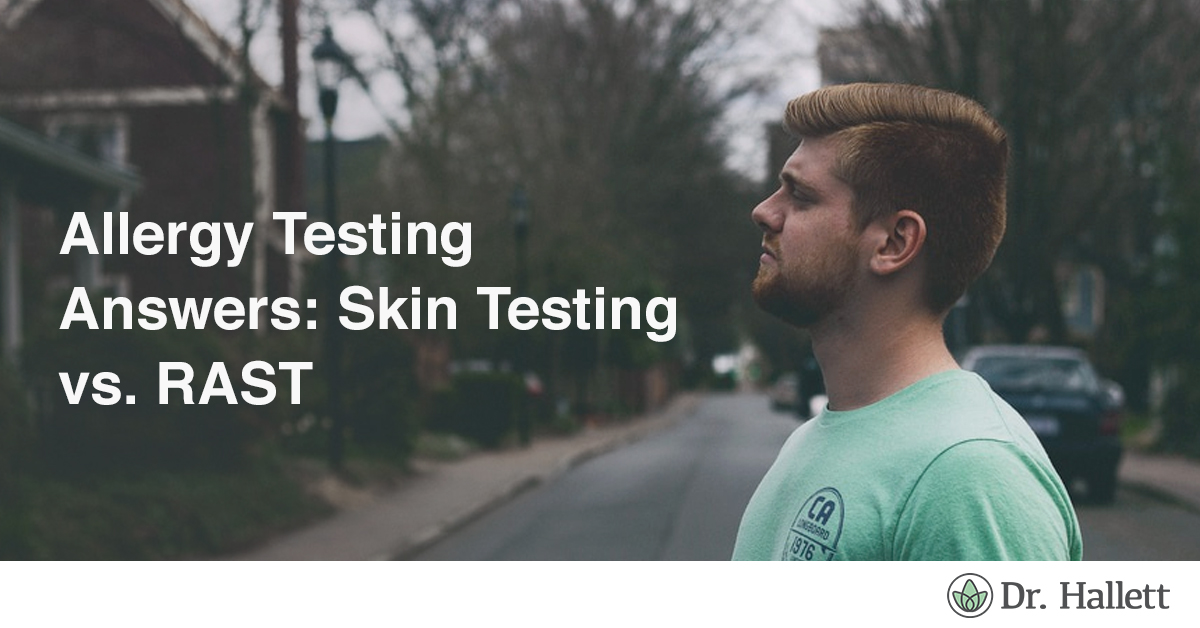
Allergy sufferers know their symptoms all too well: sneezing, coughing, runny nose, and itchy eyes, nose and throat. What exactly causes allergic reactions? It may be a mystery, but allergy testing can provide answers. Allergy testing is the first step toward evaluating and managing not only allergies, but also asthma. It can be accomplished in two ways: skin testing or blood testing, which is often referred to as RAST allergy testing.
RAST Allergy Testing
RAST is short for radioallergosorbent, a brand name adopted by the Swedish firm that developed the blood testing method in the 1970s. Blood samples are collected at a lab and results are usually available in a few days. The sensitivity of blood testing compared to skin testing varies widely, but the average is between 70-75 percent. For this and other reasons, RAST allergy testing is usually only recommended for very young children, patients with extensive skin disease, patients with food allergies, patients unable to discontinue the use of antihistamines or in situations where the patient’s history suggests a high risk of anaphylaxis (a severe and rapid-onset allergic reaction) from skin testing.
How Allergy Skin Testing Works
Like RAST testing, allergy skin testing reveals the existence of a specific allergic antibody called Immunoglobulin E. The presence of this IgE antibody is what tells your allergist if you are allergic to that specific allergen. A series of pricks with devices are applied to either the upper back or forearm. Each different prick device contains a small drop of a specific allergen. These can include airborne allergens such as tree, weed and grass pollens, molds, dust and animal dander or venom antigen to test for reactivity to fire ants, wasps, yellow jackets, bees and hornets. Allergy Skin Testing can also be done to test for allergies to antibiotics and penicillin. Skin testing is done in the office and usually only stays on for 10 to 20 minutes so results are available during the same appointment.
Why Skin Testing is Preferred
Allergy skin testing is simple, quick, and easy to perform. It is low cost and has high sensitivity. All of this makes skin testing preferable to blood testing for the diagnosis of allergic diseases. If a provider doesn’t offer skin testing, blood testing is considered an acceptable alternative. But, given the choice, patients should choose skin testing.
Get Tested Today.
With testing complete, you and your allergist can move to the next step: developing an immunotherapy plan with allergy injections or allergy drops. Both methods use the same antigens in the preparation of their extract. But while allergy injections are the most widely used immunotherapy treatment in the United States, finding time for a trip to the allergist’s office for a weekly allergy shot can be difficult. Allergy drops however, offer a safe and effective alternative to weekly injections and can be self-administered at home. However, while allergy injections are covered by many insurance plans, at the current time, neither insurance companies nor Medicare will reimburse for the cost of allergy drops. Many patients, however, are able to use health savings accounts or flexible spending accounts to help cover the cost of their allergy drops.